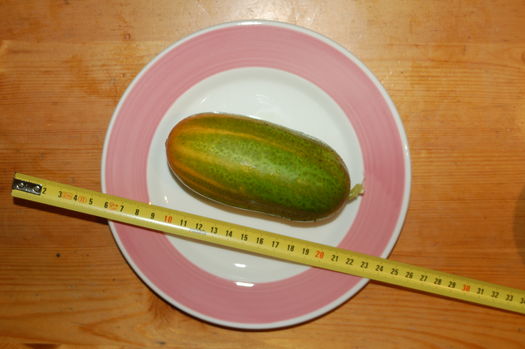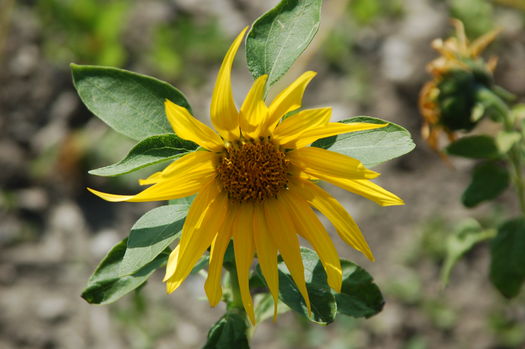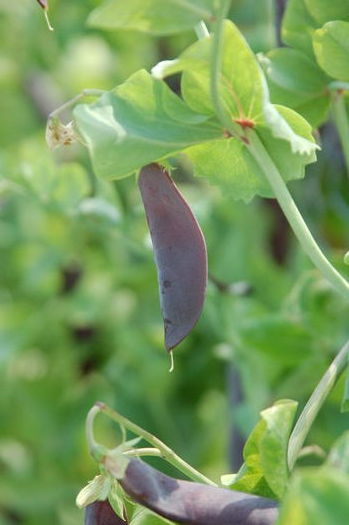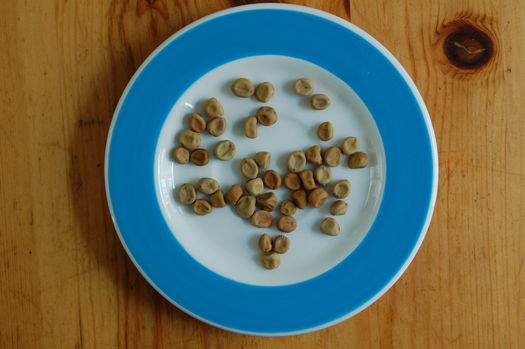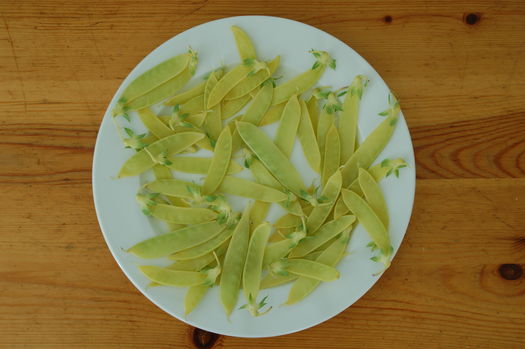
If you grow hard neck garlic you also get a bonus harvest of scapes.
Since garlic reproduces asexually, it has no flower and no true seed pod. It does however have something similar to a seed pod called a scape. The scape does not contain true seeds, but rather bulbils. These can be planted and will produce more garlic plants, but they will be small. It takes several generations of replanting to get plants of the same size as the original, and for this reason most garlic growers prefer to grow garlic from the cloves rather than the bulbils.
If left to mature on the plant, the scapes will consume a lot of the plant’s resources, and result in smaller garlic bulbs, so for this reason are best harvested from the plant shortly after they appear.
Garlic scapes are delicious. They do have a distinctive garlicky taste, but they are not very strong. They have a texture like, and are cooked similar to, green beans. You can eat the whole stalk together with the scape, so be sure to harvest it as close to the plant as possible so you don’t miss any. They can be fried or steamed, and eaten by themselves. When cooked in something like a stirfry, they give the whole dish a wonderful garlicky taste. They are best not eaten raw, because the flavor is too strong.
